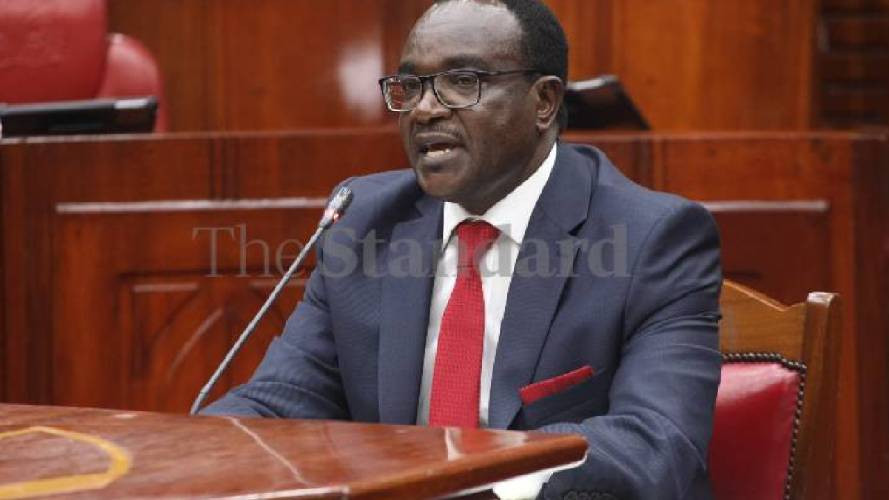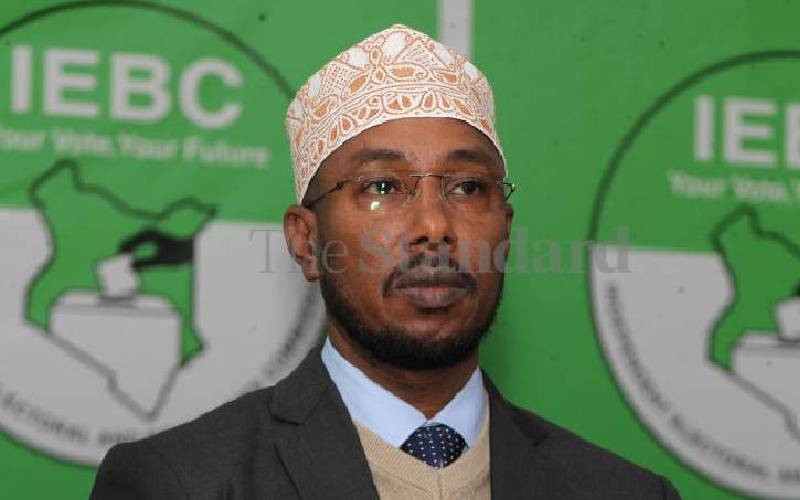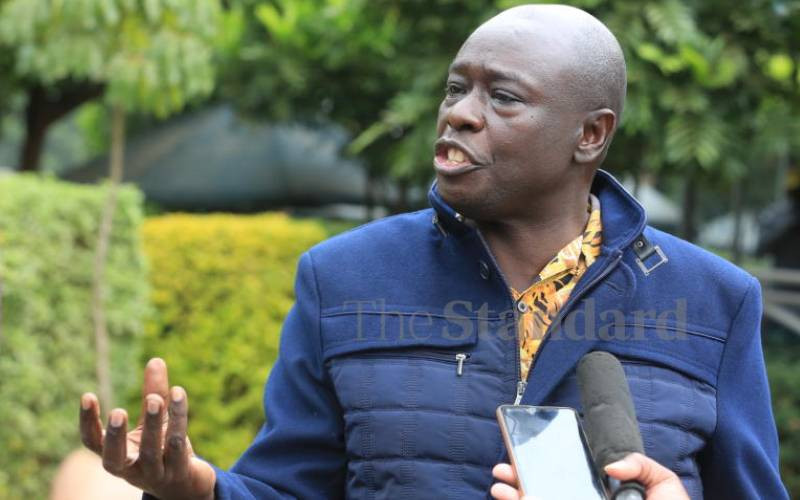By Isaac Kalua
[email protected]
If you visit the Blue Lagoon Geothermal Spa in Iceland, you will be able to take a dive into a natural hot water swimming pool that is heated directly from the belly of the earth. This lagoon is testament to Iceland’s geothermal energy that generates more than 90 per cent of Iceland’s electricity. Kenya too has its fair share of geothermal energy. Hot water springs are a common attraction in places like Lake Bogoria in the Great Rift Valley. You can even boil an egg in these hot springs. But much more than this, you can power a country with the related steam that shoots from the depths.
This steam is so powerful that it has been generating Kenya’s geothermal-powered electricity for more than three decades now. Indeed, Kenya was the first country in Africa to generate electricity from geothermal sources. This sector has since grown so much that last year in 2013, geothermal generated 773 MW of electricity, second only to hydro which was generating 820 MW. Geothermal has, therefore, played a big role in the country’s electricity access rate of 56 per cent in urban areas and 12 per cent in rural areas. However, this access rate means that only one in ten Kenyans in the rural areas has access to electricity. This leaves nine out of ten rural Kenyans without the power. Further aggravating the dire electricity scenario, hydro-electricity, which is the main source of electricity, is captive to the erratic rainfall that is occasioned by climate change.
Geothermal stems from the depths of the earth and is thus not subject to such vagaries of rainfall. It should, therefore, be entrenched as a cornerstone of Kenya’s electricity. The Geothermal Resources Act of 1982 set the stage for a geothermal policy framework that commendably enabled geothermal exploration, exploitation and utilisation in the country.
Eighteen years later in 2000, the Government instituted the Least Cost Power Development Plan (LCPDP) that ranked geothermal as one of the most affordable and cost effective forms of electricity generation. As such policies show, Kenya has got it right on the policy front and must now go truly big in strategic implementation that will unlock the full extent of geothermal energy. Kenya’s geothermal resources can be found in more than a dozen locations that include Suswa, Longonot, Olkaria, Menengai, Lake Baringo, Lake Magadi and Chyulu Hills. All these locations are national treasures that must be feted and protected. They host the more than 1,400 wells that are projected to generate at least 5,000 MW by 2030.
Increased electricity generation from geothermal will go a long way in ensuring that electricity will be cheaper and have a widespread presence in the country. Let us tap consistently and increasingly in this clean, green electricity that hides in steam.
Think green, Act green!
 The Standard Group Plc is a
multi-media organization with investments in media platforms spanning newspaper
print operations, television, radio broadcasting, digital and online services. The
Standard Group is recognized as a leading multi-media house in Kenya with a key
influence in matters of national and international interest.
The Standard Group Plc is a
multi-media organization with investments in media platforms spanning newspaper
print operations, television, radio broadcasting, digital and online services. The
Standard Group is recognized as a leading multi-media house in Kenya with a key
influence in matters of national and international interest.
 The Standard Group Plc is a
multi-media organization with investments in media platforms spanning newspaper
print operations, television, radio broadcasting, digital and online services. The
Standard Group is recognized as a leading multi-media house in Kenya with a key
influence in matters of national and international interest.
The Standard Group Plc is a
multi-media organization with investments in media platforms spanning newspaper
print operations, television, radio broadcasting, digital and online services. The
Standard Group is recognized as a leading multi-media house in Kenya with a key
influence in matters of national and international interest.








